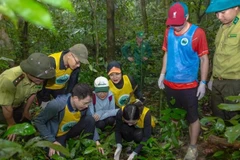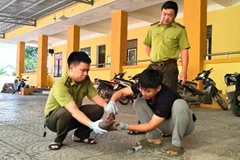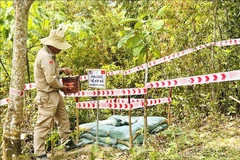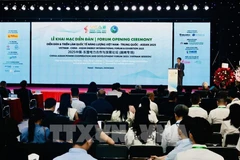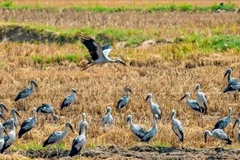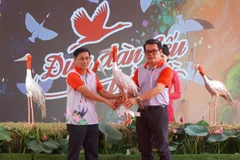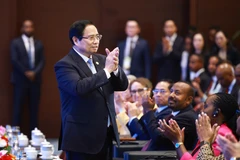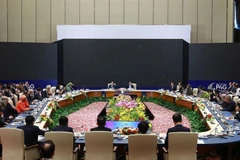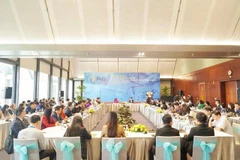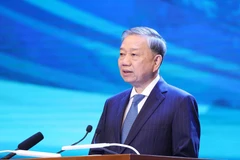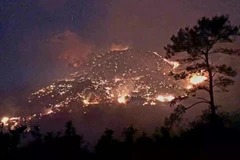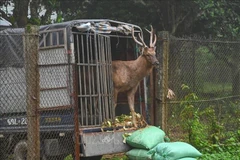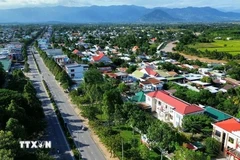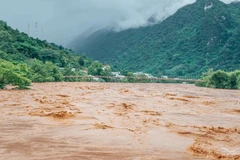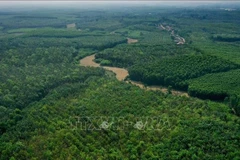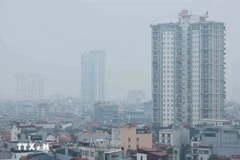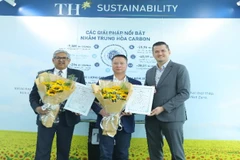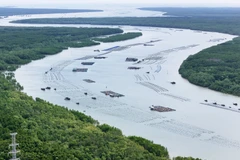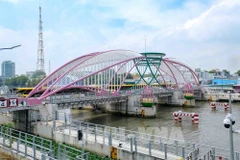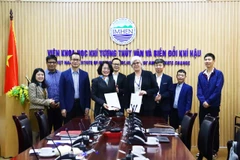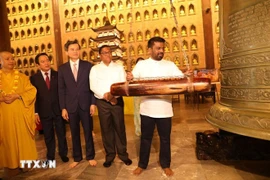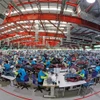Countries that border theMekong River can learn from Vietnam's excellent management of itsPayments for Forest Environmental Services programme, said Luca Tacconi,Associate Dean of the College of the Asia and Pacific at Australia'sCrawford School of Public Policy.
Tacconi made the statement at aseminar on payments for environmental services in Hanoi on November 24.Enterprises benefiting from unharmed forests fund the programme inVietnam, while in Thailand, for example, the government must provide thefunding.
The programme creates incentives for individuals andcommunities to protect environmental services by compensating them forany costs incurred in managing and providing those services.
In2004, the Government of Vietnam, drawing on an internationallyrecognised system, laid the foundations for a nationwide programme setout in the revised Forest Protection and Development Law.
In2008, a Government decision created support for pilot projects in LamDong and Son La provinces, and in 2011, the programme was implementedacross the country.
Vietnam is the first country in Asia to use the Payments for Forest Environmental Services system nationwide.
Thirty-six of the country's 63 provinces have established steering committees to oversee the programme's implementation.
The programme collects up to 55 million USD annually.
Threeyears after it was set up, it had collected a total of 150 million USDfor protecting and developing forest areas - and helping residentsinvolved protect the environment.
Nguyen Dac Lam, Director ofNghe An province's Forest Protection and Development Fund, saidinvestors and business owners should be responsible for paying forenvironmental services.
"It's reasonable to pay to protect nature when you benefit from it," Lam said.-VNA
